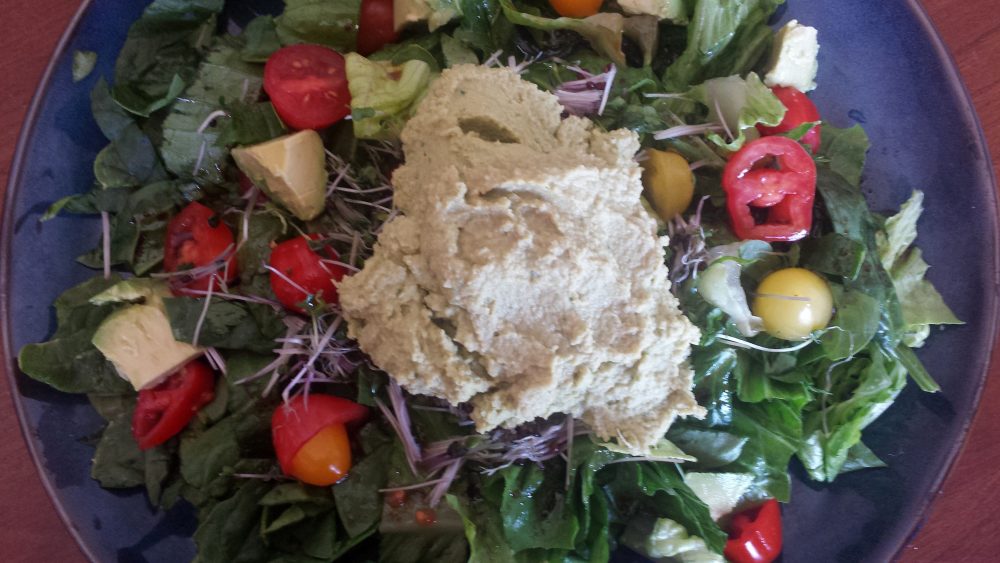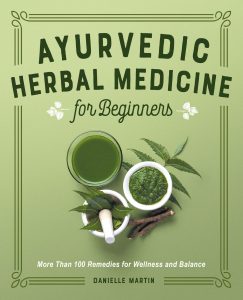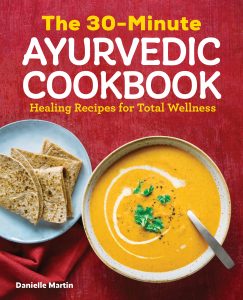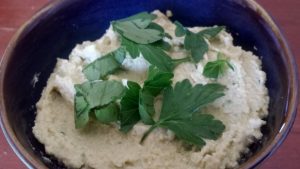 Although I love garbanzo beans in many forms, hummus is one of my favorites during the spring and summer months. With so many recipes out there from savory to sweet, hummus can be quite versatile (try our Coconut Curry Hummus Recipe too!). It makes a great protein-packed addition to salads or an energizing nutrient-dense snack. This particular hummus recipe is definitely one of my most cherished, as I am obsessed with the unique taste the balsamic vinegar brings to this dish making it a great blend of savory, sweet, and sour.
Although I love garbanzo beans in many forms, hummus is one of my favorites during the spring and summer months. With so many recipes out there from savory to sweet, hummus can be quite versatile (try our Coconut Curry Hummus Recipe too!). It makes a great protein-packed addition to salads or an energizing nutrient-dense snack. This particular hummus recipe is definitely one of my most cherished, as I am obsessed with the unique taste the balsamic vinegar brings to this dish making it a great blend of savory, sweet, and sour.
If you do not know the wide range of health benefits garbanzo beans (aka chickpeas) possess, here is a quick overview.
NOTE: To get their full health benefits and avoid nasty chemicals such as BPA, I would suggest cooking the chickpeas from scratch rather than using their canned counterparts.
Health Benefits of Garbanzo Beans:
- High in fiber (including the essential insoluble fiber)
- High in protein
- Proven to reduce appetite levels by keeping you full longer
- Balances blood sugar levels and reduces insulin resistance
- Improves heart health, reduces cholesterol levels
- Improves colon health and promotes healthy elimination
- Great plant-based source of folic acid (folate), iron, zinc, and copper
- Great dietary staple for reducing Kapha dosha and promoting weight loss (also try our Chickpea and Greens Brown Rice Bowl!)
Besides these wonderful health benefits that the chickpeas add, the tahini provides additional nutrients such as copper, calcium, iron, zinc, and B vitamins. With these added nutrients and added flavor, tahini is a must-have in my opinion for any hummus recipe!
Healthy, clean eating does not have to be bland or boring. In fact, I would rather eat healthy home-cooked foods such as this any day over fast food, take-out, or pre-made, preserved, and processed foods. Not to mention the burst of energy, satiation, and satisfaction after a healthy home-cooked meal is unbeatable!
Balsamic and Lime Hummus Recipe
Click here for a printable copy of this recipe.
- Doshic effect: Vata↑*, Pitta↑**, Kapha↓
- Makes: 3 to 4 cups
- Prep Time: 15 minutes
- Cook Time: 6 to 12 hours (when using uncooked beans)
- Gluten-Free, Vegetarian, Vegan
*Vata types can enjoy in moderation in the summer months if the digestion allows (i.e. does not cause gas, bloating, etc)
**Pitta types can enjoy by following the Pitta modifications listed in the recipe.
Materials
- Crockpot for cooking the garbanzo beans overnight (a pressure cooker or large saucepan can be used as well)
- Cutting board and knife
- High-quality blender or food processor
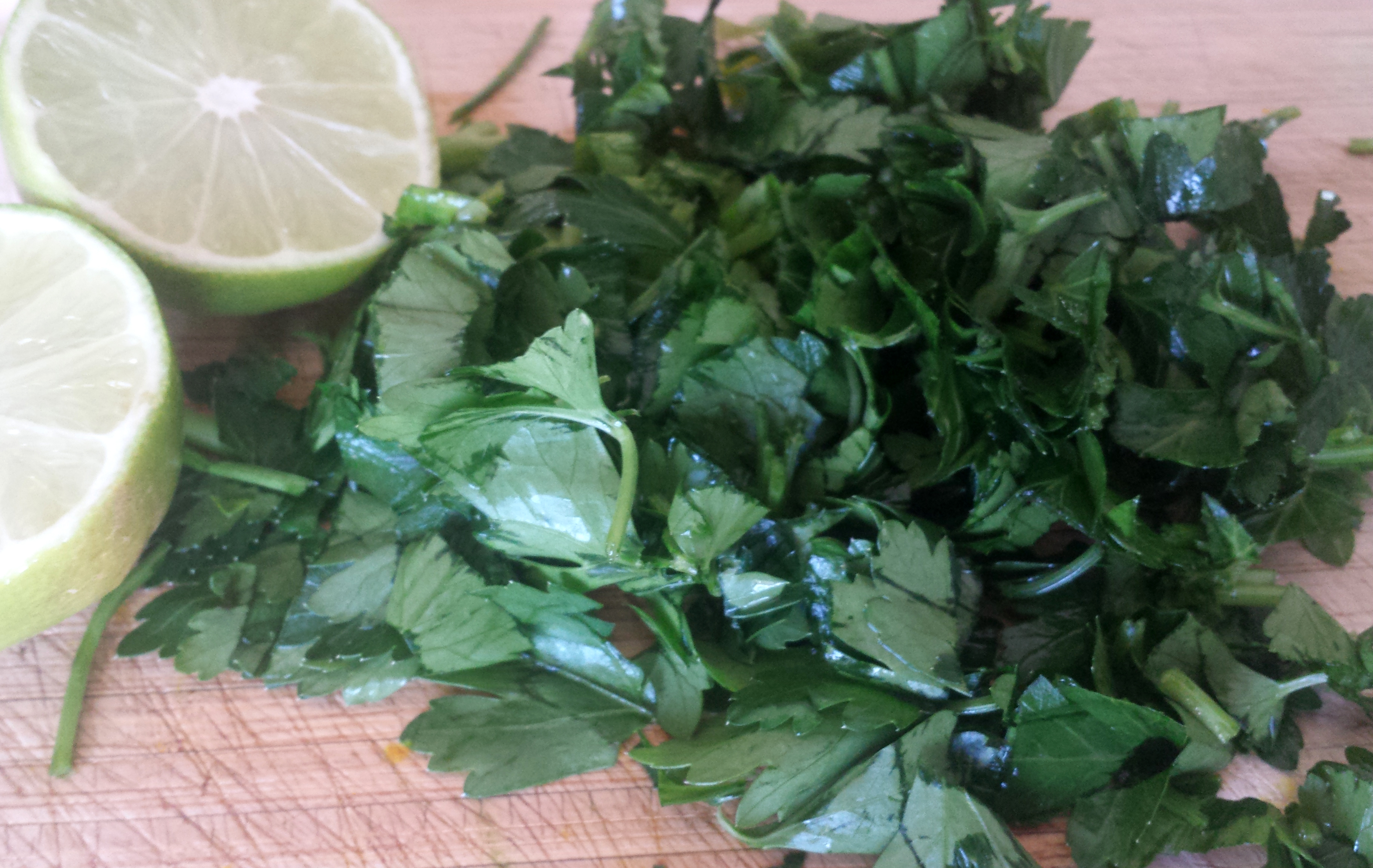
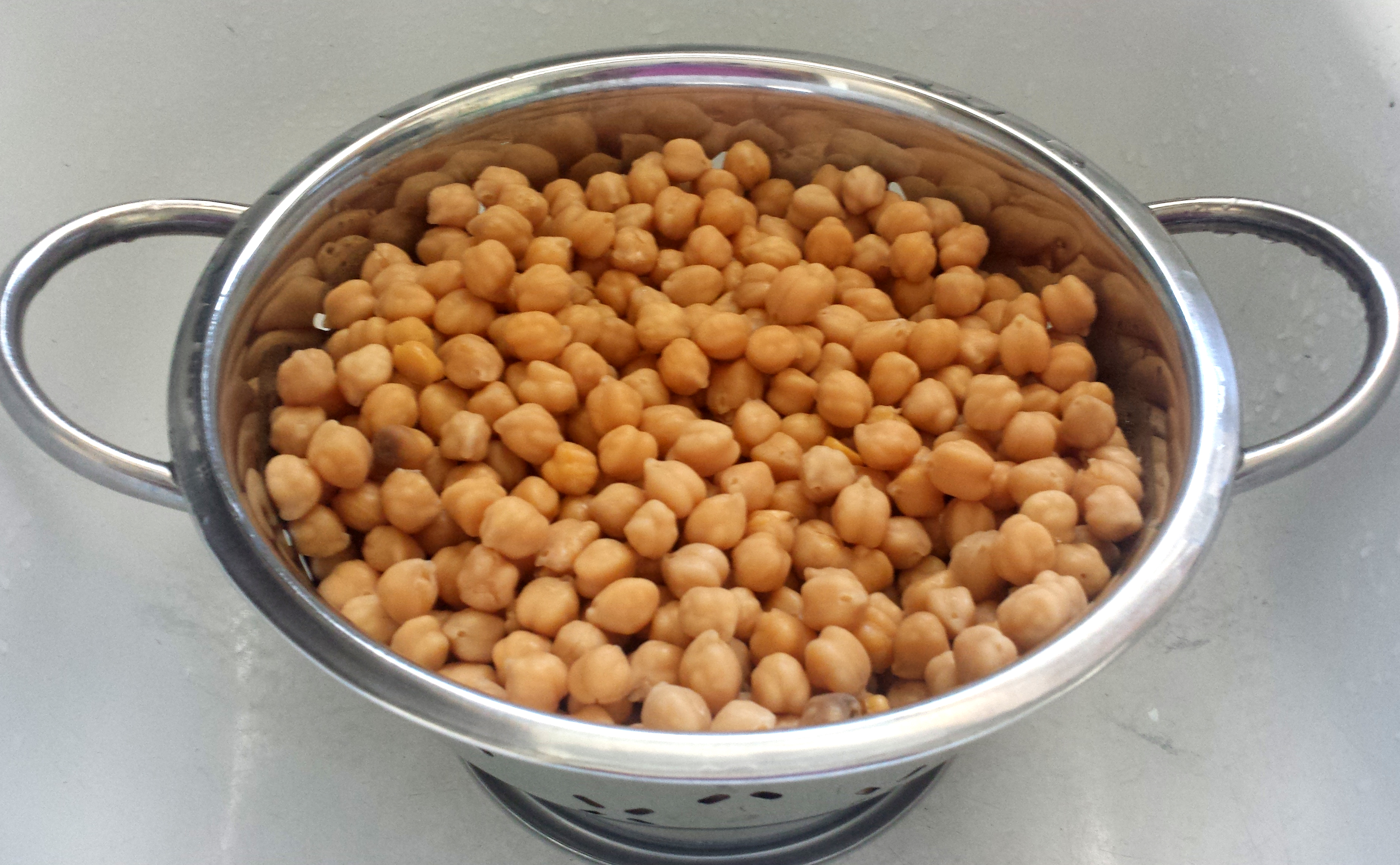
Ingredients
- 1 cup chickpeas, uncooked (replace with 2 cans of chickpeas)
- 1/2 cup raw tahini (use 1/4 cup for Pitta)
- 2 tablespoons of olive oil
- 2 tablespoons balsamic vinegar, use more or less to taste (use 1 tablespoon for Pitta)
- 1/4 cup finely chopped parsley
- One lime, juiced
- 1/2 teaspoon cumin powder
- Large pinch of cayenne pepper (optional; omit for Pitta)
- 1/2 to 1 teaspoon of mineral or pink Himalayan salt, use more or less to taste
**A small amount of water may be needed when blending.
Directions
Click here for a printable copy of this recipe.
1. When using raw chickpeas*, cook them overnight in a crock pot by filling up the pot about halfway, adding in the uncooked beans, and cooking on low for 12 hours (or high for 6 to 8 hours). The beans should be fairly soft in order to ensure smooth and creamy hummus. If any hardness is still present, cook a bit longer.
*If canned beans are being used, please skip this step.
NOTE: Garbanzo beans can also be cooked in a pressure cooker for a quick and effective cooking method. Otherwise, a saucepan can be used but the beans will likely have to cook for 4 to 6 hours on a medium boil (adding more water often).
2. Add the cooked or canned chickpeas to the blender or food processor. If desired, the beans can be cooled to room temperature or chilled in the refrigerator. Otherwise, the hummus may need to be chilled after making.
3. Add in the tahini, olive oil, balsamic vinegar, finely chopped parsley, fresh lime juice, cumin, cayenne pepper, and salt. Blend on a medium-high speed for 2 to 4 minutes or until the mixture is completely creamy and smooth. If needed, a small amount of water can be added if the hummus becomes too thick.
NOTE: Hummus is meant to be completely smooth. If you notice any chunks or a grainy texture, keep blending!
4. Once the desired creamy texture is reached, cool in the refrigerator for 1 to 2+ hours before eating (optional but recommended).
5. Serve on top of a salad (try our Summertime Salad Recipe!), on top of cucumber or zucchini slices (great alternative to crackers!), as a healthy veggie, pretzel, or cracker dip, on top of quinoa or sautéed veggies, or any way you desire!
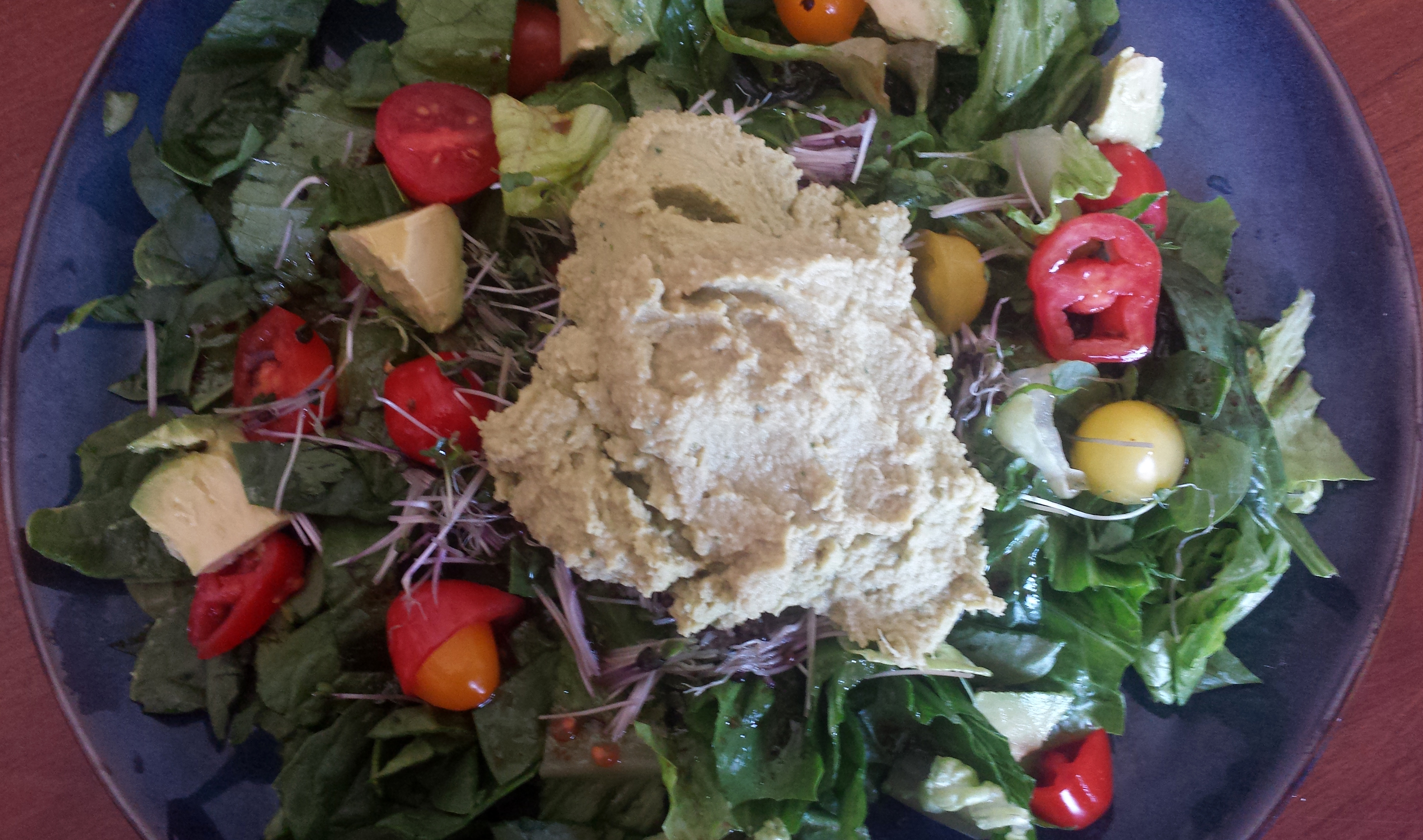
Discover more healing recipes with my 30-Minute Ayurvedic Cookbook!

